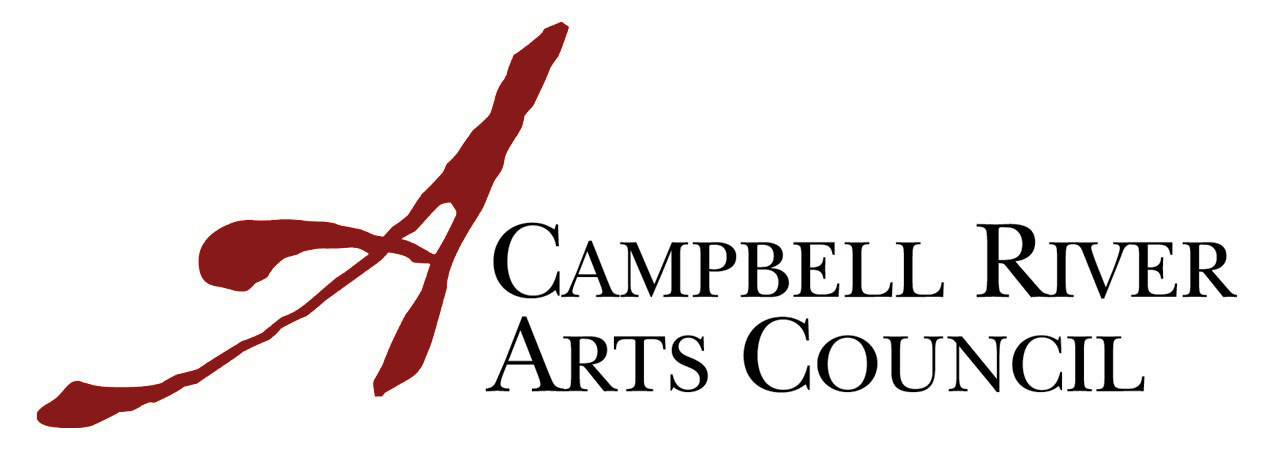Are some aspects considered more ‘therapeutic’ than others, both in terms of content (art aesthetic) and placement within the building?
Biophilia is a term used in some research to support the human pre- disposition towards nature imagery. According to research, the human brain was wired ten to fifty thousand years ago in the African savannah. The savannah is a meadow surrounded by trees, a place where predators can easily be seen and most likely providing a safe feeling for human beings. Children identify highly with this type of scene, showing that we are deeply embedded, genetically and visually with nature.
Research over the last several decades indicates that nature promotes healing in healthcare settings, improves productivity and satisfaction in the workplace, and increases wellbeing and reduces stress in all environments. Scientists hypothesize that people have an inherent attraction to nature, called Biophilia, which makes viewing nature, even images of nature, a genuine psychophysiological benefit.
Scientific evidence is clear and convincing. Viewing nature scenes plays a key role in creating a healing environment that can improve patient outcome. Research suggests that nature art can:
- Reduce stress and anxiety
- Lower blood pressure
- Reduce need for pain medication
- Increase patients’ trust and confidence
- Be a positive distraction for patients, visitors, and staff.
List of Healing Art Organizations in the USA: http://www.renee-phillips.com/healing-power-of-art/art-and-healing-resources/
Examples of Images:
http://henrydomke.com/index.php?module=media&pId=100&category=gallery



